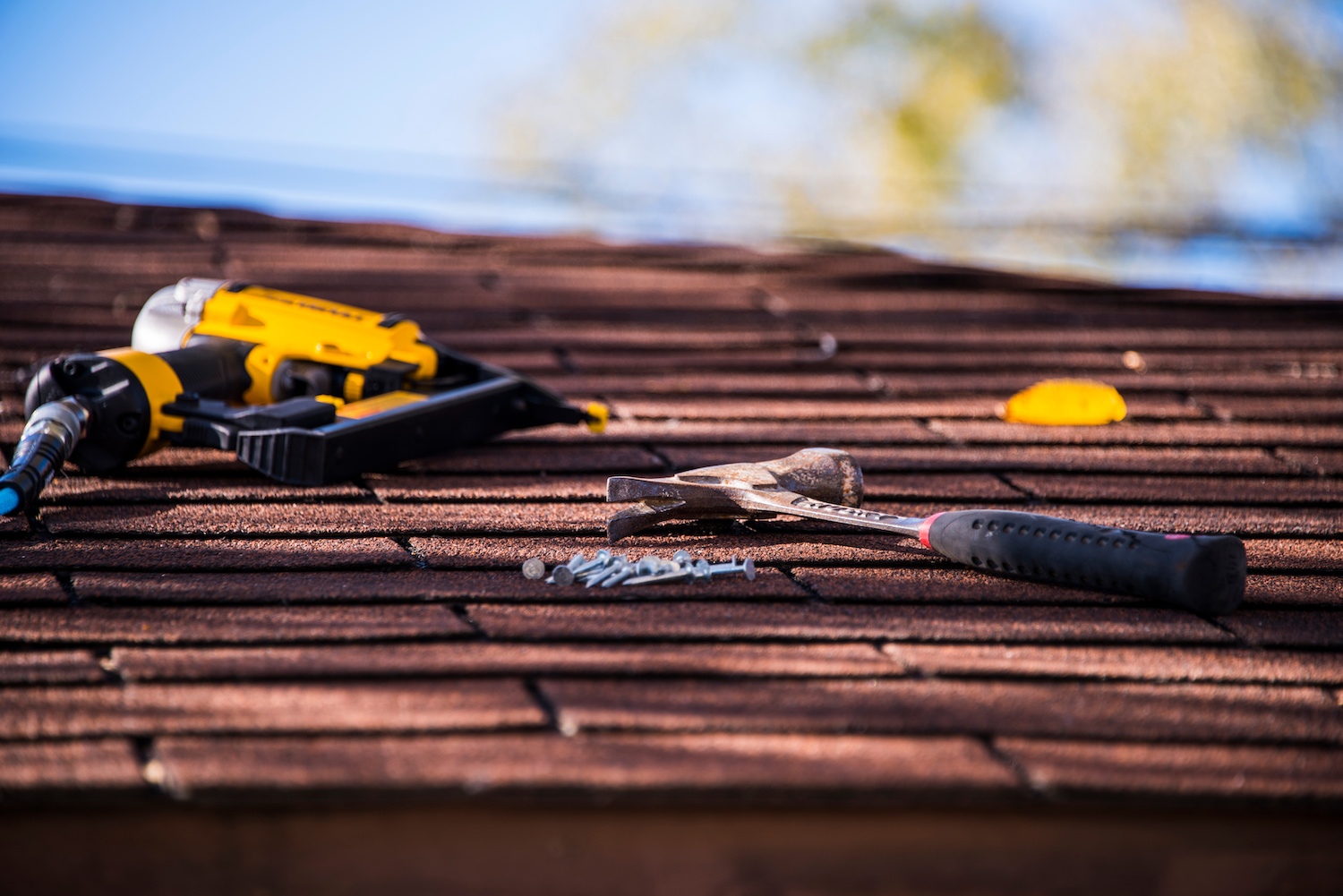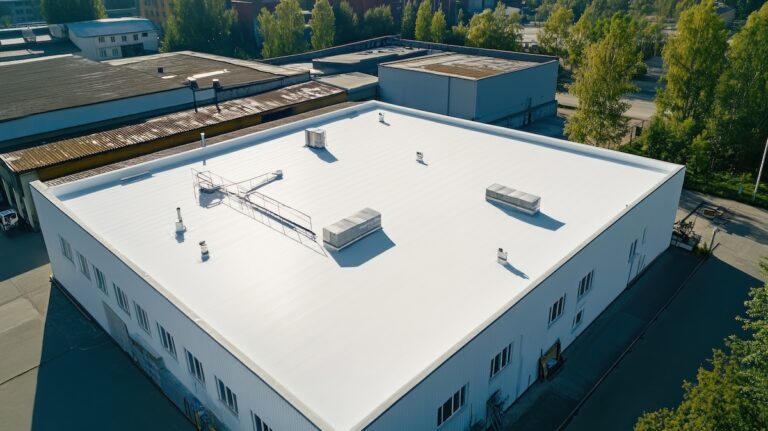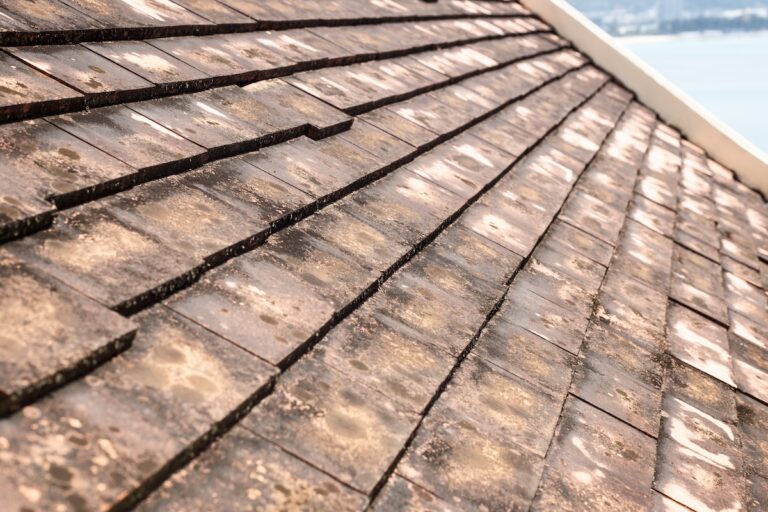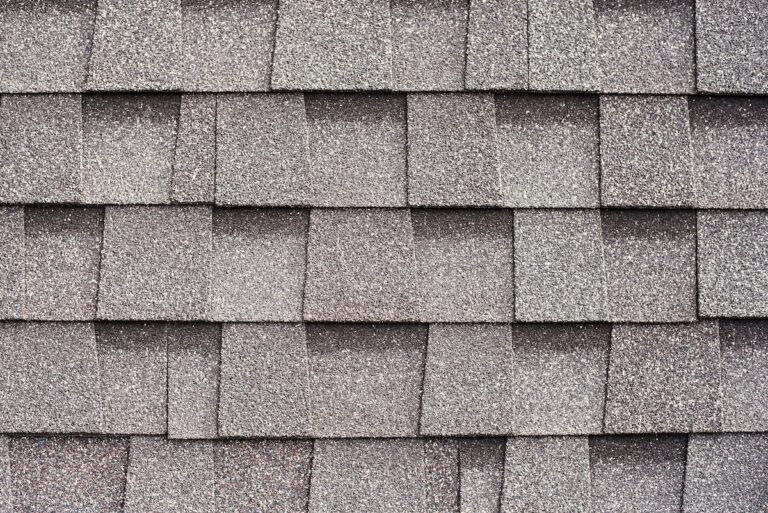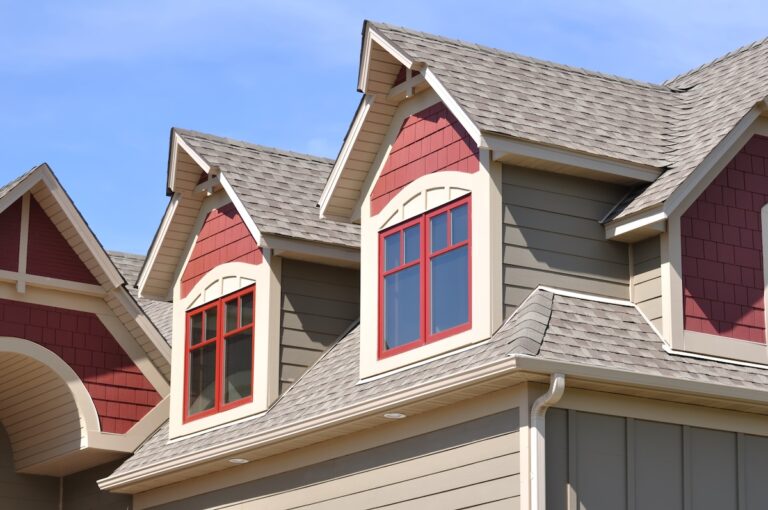Repair or replace roof? This is a critical decision that can significantly impact your business. Your roof is a critical part of your business’s infrastructure—it safeguards everything inside from the elements. Over time, even the sturdiest roofs can face wear and tear, leading to issues that demand attention. The big question remains: should you repair or replace your roof?
Here’s what this guide will help you uncover:
- How to determine when a simple repair will suffice
- When a full roof replacement is a more strategic decision
- Steps for ensuring the longevity of your roof investment
Understanding the best approach is essential for maintaining the safety, functionality, and appearance of your property. Let’s explore your options.
Do You Need Roof Repairs?
Small roofing problems can often be addressed quickly and affordably. Repairs are an excellent option for addressing minor issues before they grow into major ones. Here’s how to spot signs that repairs might be enough for your roof.

⚠️ Common Signs Your Roof Needs Repairs
Several warning signs can help you identify if your roof can benefit from targeted repairs:
- Missing shingles: Replacing a few asphalt shingles due to high winds or hail can help protect your roof’s structure without requiring a full replacement.
- Small roof leaks: Promptly fixing leaks caused by missing or inadequate roofing material can extend the lifespan of an older roof.
- Wind damage: Visible damage from strong winds, including debris blocking gutters or cracked ridge caps, can often be repaired efficiently.
- Damaged ridge caps: Cracks or missing sections of ridge caps might allow water to seep into the underlayment, but replacing them can prevent larger problems.
- Broken gutters or downspouts: These are integral to your roofing system; fixing them prevents unnecessary water damage to your business operations.
❗️ The Importance of Quick Repairs
Addressing these minor issues as soon as they appear can save your business money in the long run. Left unchecked, these small problems can compromise your roof’s integrity and lead to costly replacements.
- Inspect your roof regularly for any signs of damage.
- Fix leaks or cracks as soon as they are detected.
- Clear debris, such as leaves or branches, that can cause water buildup.
- Schedule routine professional maintenance to catch hidden issues early.
- Invest in quality materials to prevent frequent repairs.
Do You Need a Roof Replacement?
Sometimes, repair work is no longer a viable option, especially when extensive damage or age compromises your roof’s ability to protect your property. A full roof replacement might be the more strategic decision in such cases.

Key Scenarios That May Require a Roof Replacement
Consider a replacement if your roof has any of the following issues:
- Damaged roof deck: Moisture or structural damage to the roof deck typically calls for a complete overhaul. Delaying repairs can lead to leaks and further interior damage.
- Old age: If your roof has reached the end of its life (typically 20–25 years for asphalt shingles), a replacement ensures continued protection and prevents unexpected failures during harsh weather.
- Improper installation: A poorly installed roof can lead to ongoing issues that require starting fresh with a proper, professional installation. Hiring a certified contractor ensures the job is done right the first time.
- Non-compliance with building codes: If your roof isn’t up to current codes, replacing it ensures safety and regulatory alignment, protecting your home’s value and integrity.
- High energy bills: A roof replacement with modern, energy-efficient materials can cut utility costs significantly while improving insulation and comfort.
- Aesthetic upgrades: Increasing curb appeal, modernizing your home’s appearance, and boosting property value can justify an investment in a roof replacement.
💵 The Cost Factor
Many businesses worry about roof replacement costs. However, some contractors offer partial replacement services, which can offset expenses by targeting specific damaged areas instead of overhauling the entire roof.
Here are some benefits of partial roof replacement:
- Cost savings by focusing only on damaged areas.
- Faster project completion compared to full roof replacement.
- Minimal disruption to business operations.
- Eco-friendly by reducing waste and reusing existing materials.
- Flexibility to address immediate issues without committing to a full replacement.
This approach provides a practical solution for businesses looking to manage costs while maintaining a safe and functional roof.

When a Replacement Is a Better Option
Steps to Determine Roof Replacement Needs:
- Age Verification: Check your roof’s exact age against its expected lifespan.
- Structural Integrity Check: Assess any visible sagging, extensive leaks, or widespread shingle damage.
- Contractor’s Inspection: Schedule a professional evaluation to get an expert recommendation on repair versus replacement.
- Energy Audit: Compare your energy costs; an outdated roof may lack sufficient insulation.
- Regulatory Review: Ensure your roof adheres to local safety and construction codes.
Replacing your roof isn’t just a necessary expenditure—it’s an investment that secures your business’s future.
Partner with a Trusted Professional
Ultimately, deciding whether to repair or replace your roof depends on understanding your unique situation and weighing the options carefully. It’s a decision that benefits from expert advice and a clear understanding of your needs. That’s exactly where we come in to help guide you every step of the way.
Don’t leave your business vulnerable. Contact our team today! We’re here to help you protect what matters most.
